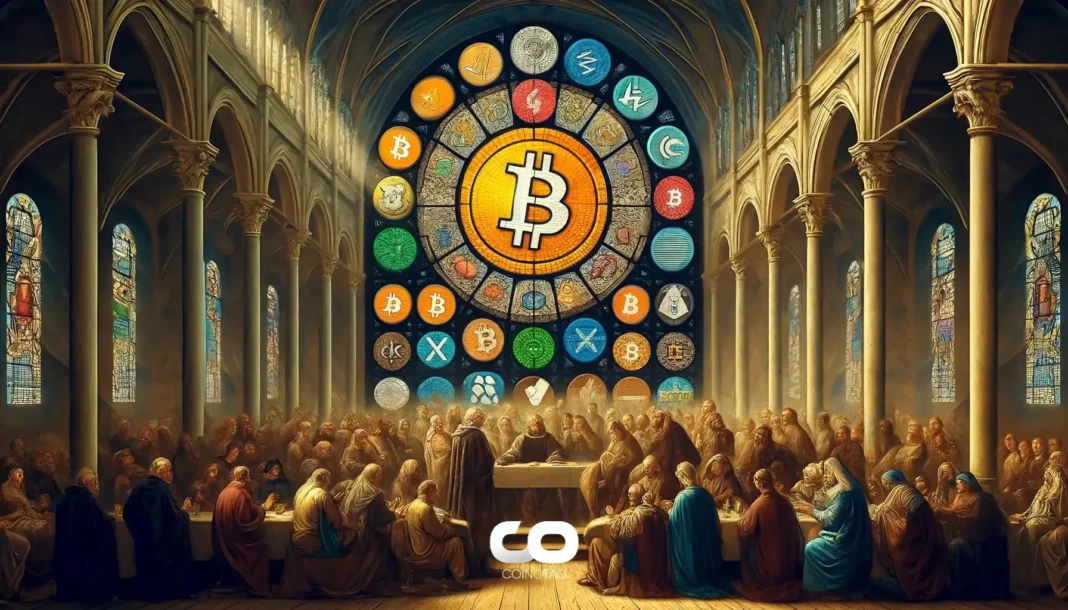-
FTX is poised to commence repayments to creditors on May 30, marking a significant milestone in the lengthy bankruptcy process following its shocking collapse in November 2022.
-
The exchange, now under the leadership of CEO John Ray III, has announced repayments exceeding $50 billion from its substantial cash reserves of $11.4 billion, showcasing a pivotal step towards financial restitution for affected parties.
-
According to bankruptcy attorney Andrew Dietderich, FTX faces “27 quintillion” claims, including numerous fraudulent submissions, illustrating the complexity of this bankruptcy case amidst a recovering market.
FTX will begin repaying over $50 billion in claims starting May 30, 2023, amid a challenging bankruptcy process, with creditors questioning the valuation of their assets.
FTX’s Repayment Plans: A Timeline for Creditors
As FTX gears up to initiate repayments, the process is not just a financial transaction; it embodies the intricate dance between creditor rights and the realities of a volatile crypto market. With an estimated $11.4 billion available for distribution, the first wave of repayments targets major creditors, but the road ahead is anything but clear. This repayment, scheduled for the end of May, reflects FTX’s commitment to resolving outstanding claims after a challenging 27-month bankruptcy battle.
Understanding the Challenges of Creditor Claims
The latest reports indicate that FTX’s bankruptcy proceedings reveal a staggering number of claims that exceed $27 quintillion, raising concerns about the legitimacy and validity of many claims. Andrew Dietderich, the bankruptcy attorney, has highlighted that several claims may be fraudulent or questionable, which complicates the process further. As creditors await repayment, many are grappling with the implications of their digital asset valuations. The calculated repayments will be based on values as of November 11, 2022, which some creditors argue does not reflect the market’s recovery.
Impact of Digital Asset Prices on Repayment Values
The significant increases in digital asset prices since the bankruptcy petition date present a paradox for creditors. For instance, Solana has soared approximately 650%, while XRP and BTC have climbed by about 450% and 500%, respectively. However, repayments pegged at petition date prices mean that many creditors are unlikely to experience full reimbursement in terms of current market values. This presents a tough challenge for those who hold substantial digital assets: while they witness increases in their holdings, the compensation they receive will still fall short by historical standards.
Creditors Voice Concerns Over Pricing Disparities
Sunil Kavuri, representing the largest group of FTX creditors, echoes the sentiment that while the forthcoming repayments will provide a sense of closure, the value recovery remains contended. “The repayments will definitely give closure to many affected by this horrendous ordeal,” Kavuri stated. “But also, repayment is at petition date prices…so holders are not [at] full recovery in crypto terms.” This highlights the need for creditors to adapt their expectations within the ever-shifting landscape of digital currencies.
Future Outlook for FTX and Its Creditors
As the repayment timeline draws closer, it is clear that FTX is not only under scrutiny from creditors but also faces a ticking clock to manage the vast number of claims efficiently. With creditors set to earn an additional 9% annual rate on their claims during the waiting period, the upcoming payments could take months to finalize. This brings a dual-layer of uncertainty: while some creditors eagerly anticipate their repayments, many are left wondering how market valuations will ultimately impact their recoveries. Nevertheless, the financial term closure resonates strongly in the community, reflecting a collective hope for recovery amidst adversity.
Conclusion
With FTX’s initial repayments set to take place at the end of May 2023, the exchange’s turbulent journey seems to be edging toward resolution. The broader implications for creditors, especially concerning the historical asset valuations, cannot be overlooked as many await financial restitution. While the path to recovery is fraught with complexity, developments in the coming months will undoubtedly play a critical role in shaping the future for both FTX and its creditors.







